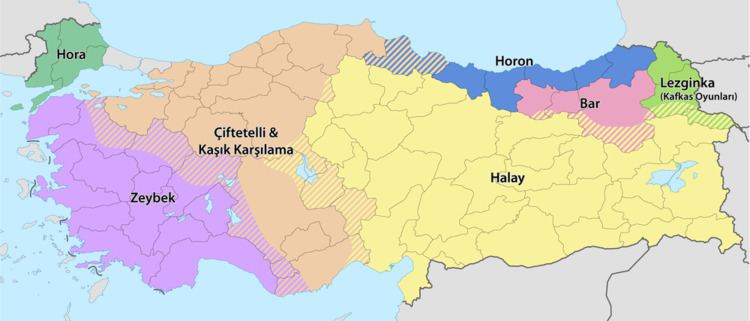 | ||
East Thrace or Eastern Thrace (Turkish: Doğu Trakya or simply Trakya; Greek: Ανατολική Θράκη, Anatoliki Thraki; Bulgarian: Източна Тракия, Iztochna Trakiya), also known as Turkish Thrace or European Turkey, is the part of the modern Republic of Turkey that is geographically part of Southeast Europe. It accounts for 3% of Turkey's land area, while the other 97% of Turkey is located on the Anatolian peninsula, geographically in Western Asia. The region is of historic importance as it is next to a major sea-based trade corridor. It is currently also of specific geostrategic importance because the sea corridor, that includes two narrow straits, provides access to the Mediterranean from the Black Sea for the navies of five countries: Russia, Ukraine, Romania, Bulgaria, and Georgia. The region also serves as a future connector of existing Turkish and European high speed rail networks.
Contents
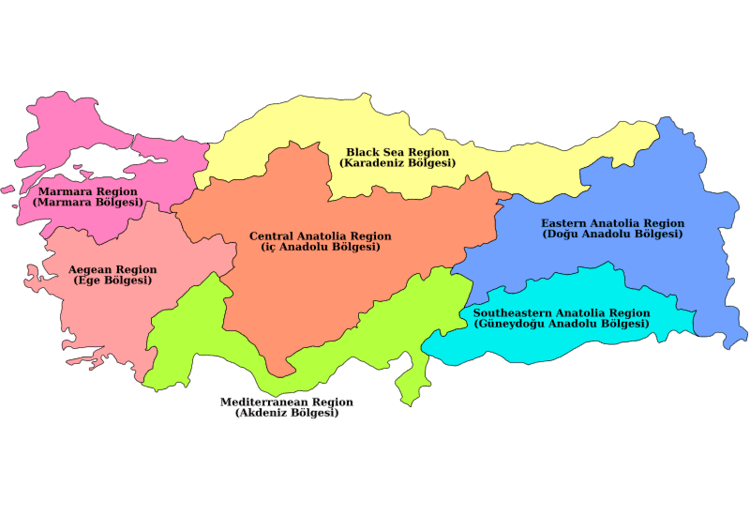
Definition

East Thrace includes all in the eastern part of the historical region of Thrace. The area includes all the territories of the Turkish provinces of Edirne, Tekirdağ and Kırklareli, as well as those territories on the European Continent of the provinces of Çanakkale and Istanbul.
Climate
Due to the moderating effect of the surrounding seas, the climate tends to be Mediterranean in character.
Geography
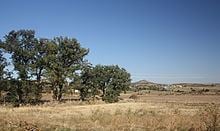
East Thrace has an area of 23,764 km2 (3 percent of the country) and a population of about 10 million people (about 12 percent of the total); the population density is around 430 people/km2, compared to about 80 people/km2 for Asiatic Turkey, which is also called Anatolia or Asia Minor. However, densities are skewed by the metropolis of Istanbul. The two are separated by the Dardanelles, the Bosphorus (collectively known as the Turkish Straits) and the Sea of Marmara, a route of about 361 km. The southernmost part of Eastern Thrace is called the Gallipoli peninsula. European Turkey is bordered on the west by Greece for 212 km and on the north by Bulgaria for 269 km, with the Aegean Sea to the south-west and the Black Sea to the north-east.
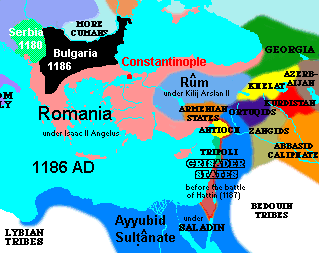
History
East Thrace was the setting for several important events in history and legend.
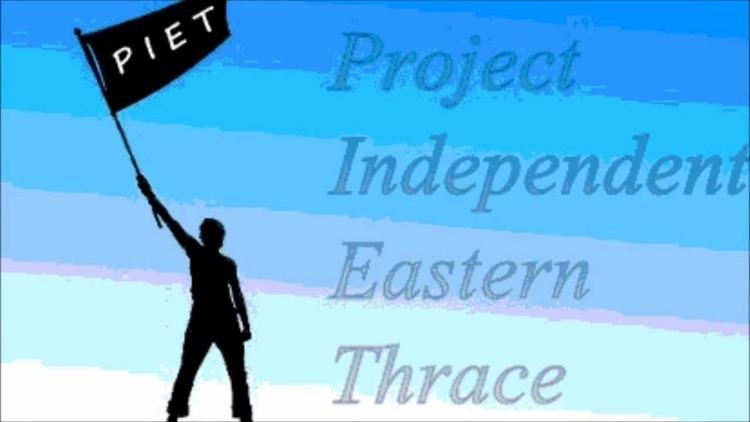
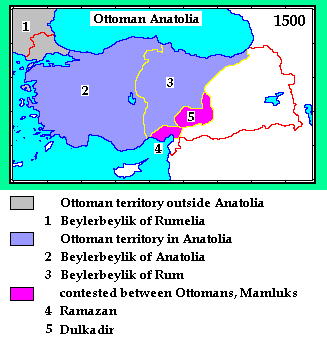
The destruction of the Thracian Bulgarians in 1913 and the population exchange between Greece and Turkey finally ethnically cleansed the Orthodox populations, although the Muslims were the dominant group at that moment.
Prior to that the distribution of ethnoreligious groups in the local sanjaks was as follows:
The Muslim millet was recorded as Turkish, while the church members of the Ecumenical Patriarchate as Greek.
In the past century modern East Thrace was the main component of the territory of the Adrianople Vilayet, which excluded the Constantinople Vilayet, but included West Thrace and parts of the Rhodopes and Sakar. A publication from December 21, 1912 in the Belgian magazine Ons Volk Ontwaakt (‘Our Nation Awakes’) estimated 1,006,500 inhabitants in the vilayet:
